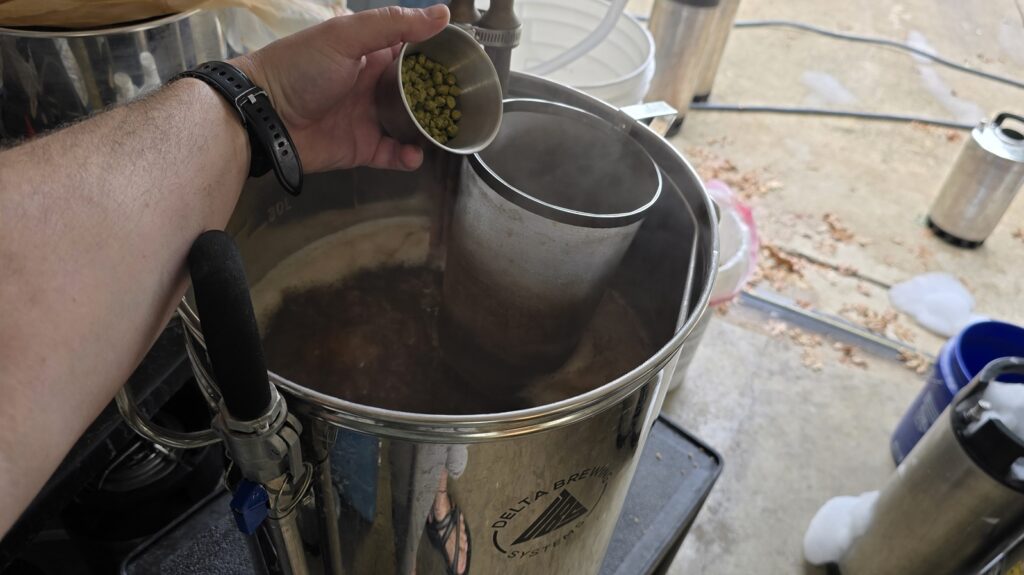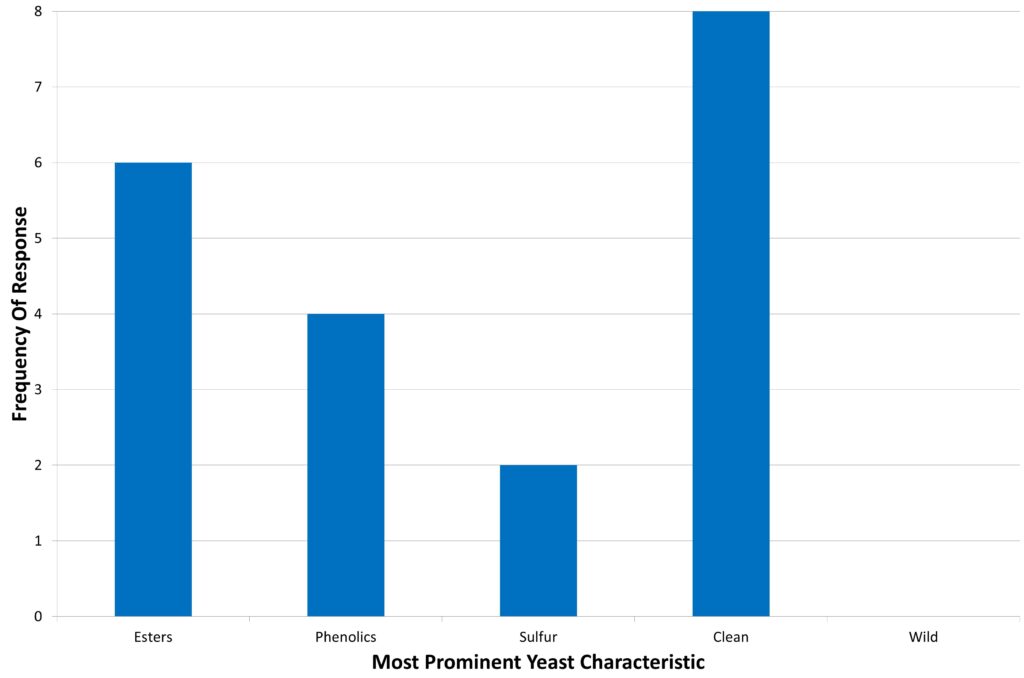Author: Will Lovell
I had the privilege to spend time living in the beautiful country of Germany for a few years while my wife was in the military, and the experiences it afforded me were ineffable. In addition to the incredible historic sites and wonderful good, I was in a beer wonderland with access to world class versions of some of my favorite styles. While quaffable pale lagers such as Pilsner and Helles were commonly consumed, so too were stronger dark styles like Dunkles Bock.
Who am I kidding? I definitely drank different types of Dunkles Bock while living in Germany, but I don’t have many strong memories of it. Yeah, I drank and enjoyed some incredible beer during my time in Europe, but the honest truth is that my nerdy obsession with it didn’t blossom until I was back home. It was then that I really gained an understanding of beer styles, whether through brewing them myself or sampling versions brewed by friends. Over the years, I’ve certainly developed a strong liking of all dark lagers including Dunkles Bock, which the BJCP describes as:
A strong, dark, malty German lager beer that emphasizes the malty-rich and somewhat toasty qualities of continental malts without being sweet in the finish.
In the time I’ve been brewing, I’ve made many styles, a majority of what’s included in the BJCP Guidelines, but I’d never tried my hand at a Dunkles Bock. Truthfully, making this style wasn’t even really on my radar until I received a shipment of yeast that included Imperial Yeast L09 Que Bueno, which I love in dark lagers. Wanting to expand my stylistic horizons, I settled on Dunkles Bock and opted to make this maiden voyage a blasphemous one by brewing it Short & Shoddy style.
| BREWING THE BEER |
Having never brewed a Dunkle Bock myself, I based this recipe off others I found online that were well reviewed.
Short & Shoddy Dunkles Bock
Recipe Details
| Batch Size | Boil Time | IBU | SRM | Est. OG | Est. FG | ABV |
|---|---|---|---|---|---|---|
| 5.5 gal | 30 min | 24 | 16.3 SRM | 1.063 | 1.016 | 6.17 % |
| Actuals | 1.063 | 1.016 | 6.17 % | |||
Fermentables
| Name | Amount | % |
|---|---|---|
| Munich I | 12.5 lbs | 68.97 |
| Llano Pilsner | 4.75 lbs | 26.21 |
| Caramunich Malt | 12 oz | 4.14 |
| Roasted Barley | 2 oz | 0.69 |
Hops
| Name | Amount | Time | Use | Form | Alpha % |
|---|---|---|---|---|---|
| Northern Brewer | 23 g | 30 min | Boil | Pellet | 10.2 |
| Hersbrucker | 30 g | 15 min | Boil | Pellet | 4.3 |
Yeast
| Name | Lab | Attenuation | Temperature |
|---|---|---|---|
| Que Bueno (L09) | Imperial Yeast | 75% | 46.9°F - 55°F |
Notes
| Water Profile: Ca 50 | Mg 10 | Na 0 | SO4 93 | Cl 48 |
Download
| Download this recipe's BeerXML file |
After collecting the full volume of filtered water at 9:42 AM, I flipped the switch on my Delta Brewing Systems AIO controller to heat it up then added the salts to achieve my desired profile.
Next, I weighed out and milled the grain.
When the water was properly heated, I stirred in the grist then checked to make sure it was at my target mash temperature.
During the mash rest, I prepared the kettle hop additions.
Once the hasty 30 minute mash rest was complete, I removed the grains and boiled the wort for just 30 minutes with hops added at the times stated in the recipe.
At the completion of the boil, I quickly chilled the wort before taking a refractometer reading showing it was just under the BJCP cutoff at 1.063 OG, for a brewhouse efficiency of 52%.

After transferring the 77°F/25°C wort to my FermTank, I pitched a pouch of Imperial Yeast L09 Que Bueno and connected it to my glycol unit set to maintain my standard ale temperature of 66°F/19°C. The time was 11:39 PM for a total brew day duration of just 1 hour 57 minutes.
Following a week of fermentation, the beers was showing no signs of activity, so I took a hydrometer measurement showing FG had been reached.

At this point, I cold crashed the beer to 39°F/4°C for 15 hours then pressure-transferred it to a serving keg that was placed in my keezer and burst carbonated overnight before I reduced the gas to a serving pressure. After a week of cold conditioning, it was carbonated, clear, and ready to serve to tasters.
| RESULTS |
A total of 20 people of various levels of experience participated in this Short & Shoddy evaluation. Participants were informed of the specific beer style and provided the BJCP description prior to completing the survey. Tasters were then instructed to rate how hoppy, malty, and dry they perceived the beer to be on a 0-5 scale where a rating of 0 indicated “not at all” and 5 indicated “extremely.”
Tasters were provided a list of common hop, malt, and yeast characteristics then instructed to select from each the one they perceived as being most prominent in the beer.
Hop Characteristics
Malt Characteristics
Yeast Characteristics
Next, participants were asked to indicate whether or not they detected any off-flavors in the beer; those who did were provided a list of common off-flavors and instructed to select the one they perceived as being strongest. Just one person noted perceiving a light-struck character in this beer.
Tasters were then asked to rate how well the beer represented the intended style, based on the provided BJCP description, on a 0-5 scale where 0 meant “not at all” and 5 meant “exactly.”
Finally, tasters were asked to rate how much they enjoyed the beer on a 0-5 scale where 0 indicated not at all and 5 indicated extremely.
My Impressions: This beer was so good! Deliciously malt forward with pleasant hints of toffee and caramel that was nicely balanced by the hop bitterness and alcohol content. I didn’t detect anything in the way of an off-flavor in this Dunkles Bock, and it was great to have on tap during the cooler autumn season.
| CONCLUSION |
As with most German lagers, Dunkles Bock has fairly storied history. While it’s said to have originated in the city of Einbeck in Northern Germany, the style was made popular once recreated by Munich brewers in the 17th century who almost certainly relied on a convoluted process to brew it. These days, many feel that sticking to these traditional methods is the only way to produce a quality example of Dunkles Bock.
Interestingly, tasters of this Short & Shoddy version made with myriad corner-cutting methods including an abbreviated single-infusion mash and reduced boil length, not to mention a warm fermentation temperature, not only seemed to enjoy it, but felt it solidly represented the style. One person did report perceiving a light-struck character in the beer, but nobody else endorsed a single off-flavor. While a number of tasters felt either esters or phenols was the most prominent fermentation character, it’s possible this was a function of higher alcohol and slight roast character in the beer.
Overall, I was rather impressed with how this Dunkles Bock turned out, especially considering it took less than 2 hours to brew, and I enjoyed drinking it quite a bit. Despite its relatively high strength, I perceived no alcohol warming, and the malt sweetness was nicely balanced by the hop bitterness. Short & Shoddy wins again! For anyone who enjoys Dunkles Bock but has been shying away from making one due to process or time concerns, consider giving this one a shot, I think you’ll be pleasantly surprised.
If you have thoughts about this Short & Shoddy brew, please feel free to share it in the comments section below!
Support Brülosophy In Style!
All designs are available in various colors and sizes on Amazon!
Follow Brülosophy on:
FACEBOOK | TWITTER | INSTAGRAM
If you enjoy this stuff and feel compelled to support Brulosophy.com, please check out the Support page for details on how you can very easily do so. Thanks!

























